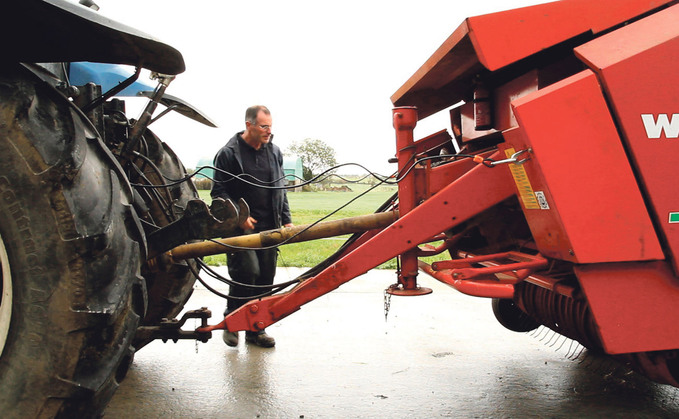
With more and more farmers working alone under the false impression they can and should do everything, Hannah Binns and Toby Whatley explore some of the dangers, especially when working with electricity....

With more and more farmers working alone under the false impression they can and should do everything, Hannah Binns and Toby Whatley explore some of the dangers, especially when working with electricity....

SEAFIELD PEDIGREE ABERDEEN ANGUS BULLS

Barbern Pedigree Polled Hereford Bulls

Choice of 9 x 2 Year Old Pedigree Charolais